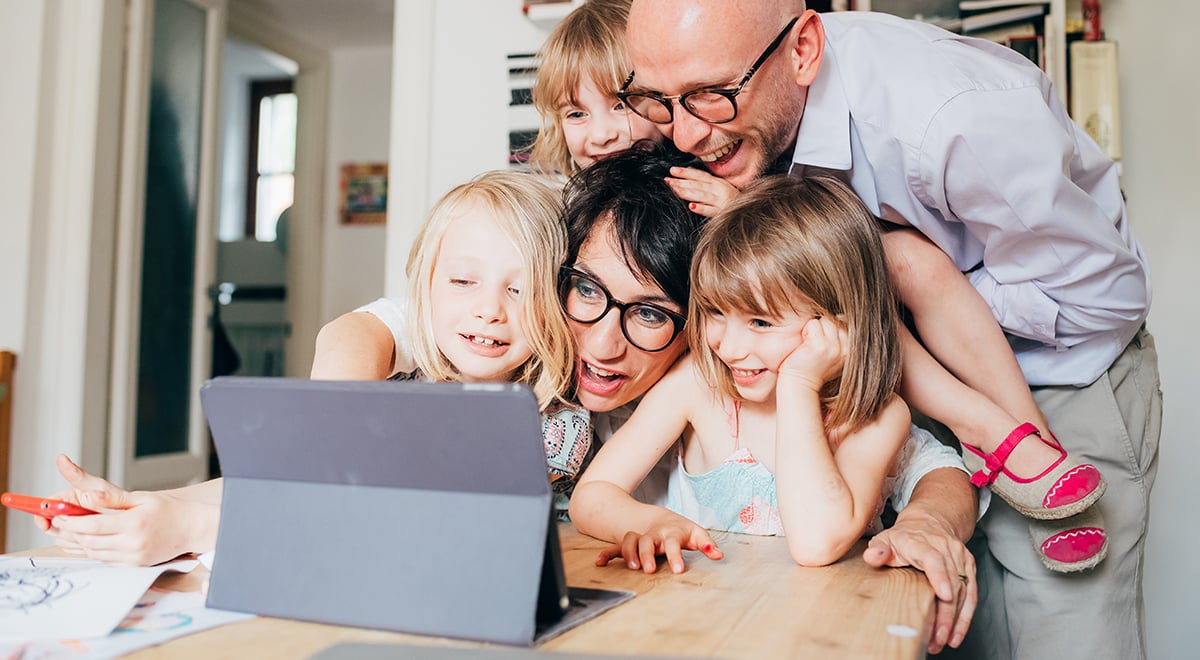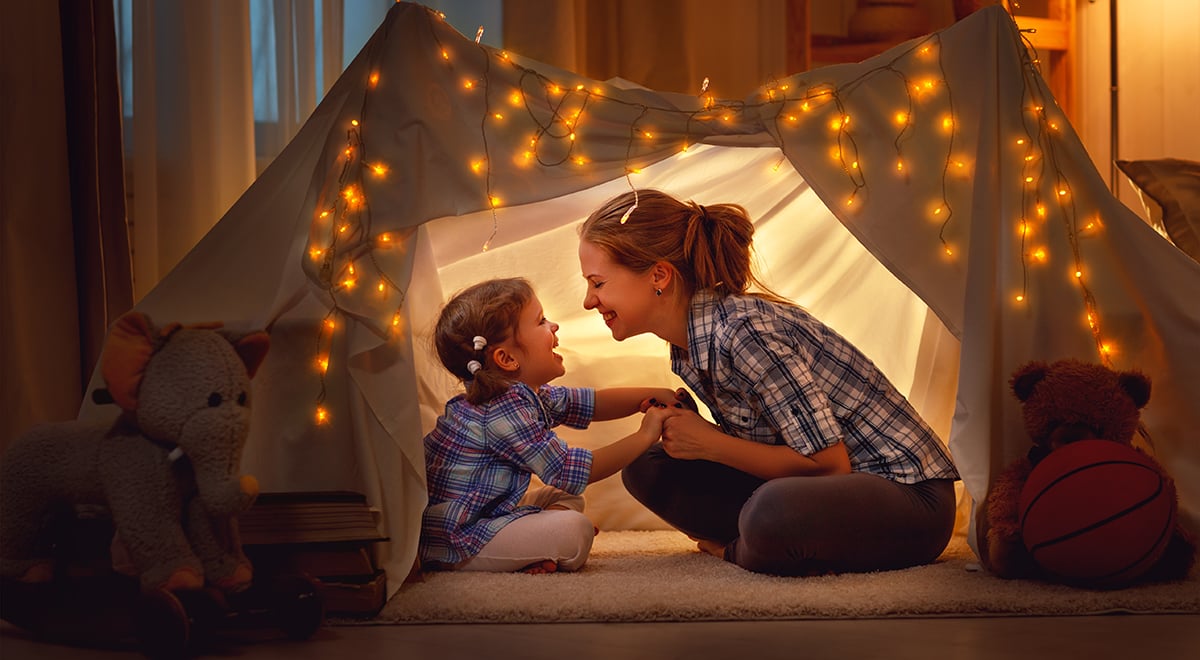Home is where the heart is, the old saying goes. Indeed, there’s nothing like unwinding in the comfort of your own home after a long, busy day. But did you ever think about how PVC helps keep your home so comfortable, cozy, warm and connected?
In our House of PVC blog series, we take a look at the role of PVC as an indispensable and durable construction material for every modern-day home.
In this first episode: wire & cables, the hidden force keeping us powered and connected.
Invisible, yet part of our everyday lives. It’s almost impossible to imagine life without wires and cables. From the moment you wake up until you go to bed, cables give you everything from fresh coffee in the morning, to light at night and connection with the world.
PVC ensures electric or telecommunication cables are insulated and safely protected. The fact that the material does not conduct electricity, makes it perfect for this purpose, acting as a crucial enabler to bring power and connectivity into our homes.
A bit of history
The first cable for transmission of electrical energy was used in Europe in 1890 to power street lights. These early cables were insulated with gutta-percha, a rubber insulating material that was later substituted with dielectric laminated paper and oil which allowed the construction of cables for higher voltage.
In the 1930s, rapid developments in chemistry enabled the use of polymers as the insulator for cables, and numerous experiments took place with various polymers. During World War II, PVC was introduced as cable insulation as a replacement for rubber. It continues to be used widely to this day because of its flexibility, ease of handling in installation and inherent flame retardation.
PVC cables are resistant to a wide range of temperatures (from -40°C to 125°C), as well as to abrasion, moisture and atmospheric agents including UV rays, and can withstand adverse conditions to deliver reliable power and data connection anywhere and everywhere.

A safe choice…
We want everything that we bring into our homes and lives to be as safe as possible and that includes our sources of electricity and data connectivity. PVC has a low ignitability, low flammability and does not generate flaming droplets. As a result, wires and cables made with PVC insulation or sheathing are fire-resistant, self-extinguishing and produce moderate heat in the event of a house fire.
…and a durable solution
PVC cables are extremely durable, lasting several decades under normal conditions. It is estimated that PVC cables may have a service life of up to hundred years, in some cases outlasting the lifespan of the building they are used in.
Last but not least, PVC cables are also easy to recycle or reuse. In Europe, PVC recycling volumes from cables reached 142,603 tonnes in 2019. The recovered PVC is reused in a number of new applications, helping move the PVC value chain to greater circularity.
Coming soon: Episode 2 - A path to innovation




